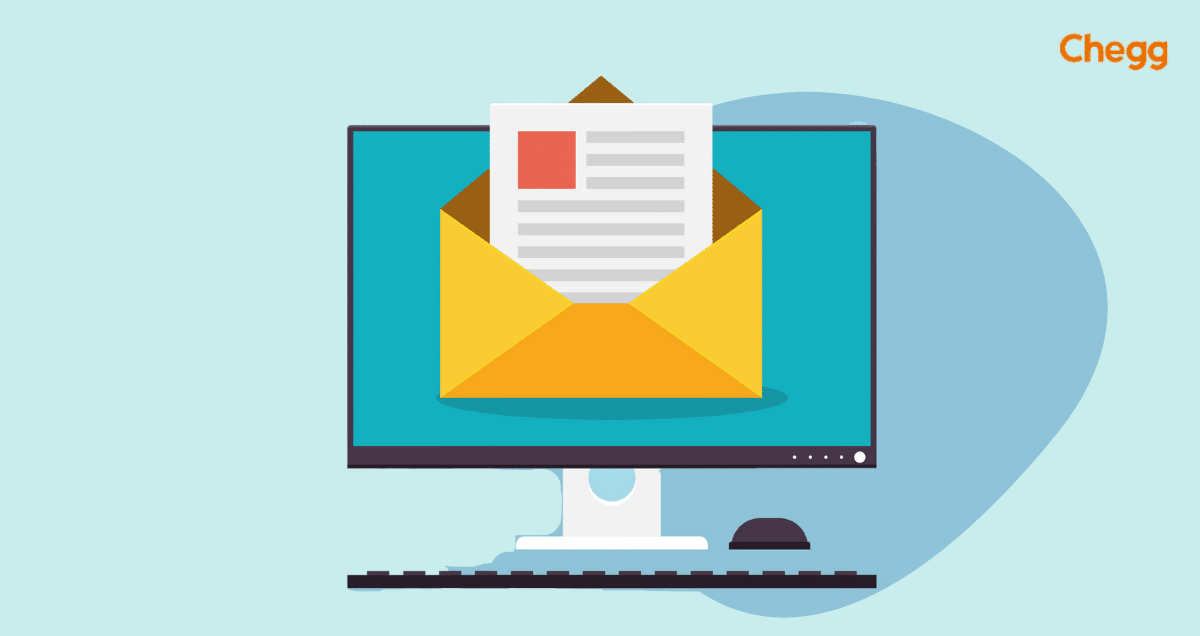How to Write a Last Working Day Email That Doesn't Make You Cringe
Okay, so you've finally landed that dream job (or maybe you're just escaping a corporate hellscape – we're not judging). You've prepped your desk for the grand departure, mentally drafted your "out of office" masterpiece, and even picked out the perfect farewell outfit. But then it hits you – the dreaded last working day email. You know, the one where you attempt to express gratitude without sounding like you're accepting an Oscar, bid farewell without unleashing a torrent of tears, and subtly remind everyone you still exist (hello, LinkedIn).
Let's face it, crafting this final digital send-off can feel like navigating a minefield of awkwardness. Too formal, and you'll sound robotic. Too casual, and you risk coming across as unprofessional. And don't even get us started on the emotional landmines – one wrong emoji and your carefully constructed farewell message could turn into a digital sob fest.
The history of the last working day email is, well, surprisingly short. Before the digital age, a simple handshake and a heartfelt "See ya later!" would suffice. But alas, with the rise of email, this simple act of departure has morphed into an elaborate digital dance. And while there's no denying its importance in today's professional world, figuring out the right tone, content, and level of formality can leave even the most eloquent wordsmiths feeling tongue-tied.
But fear not, dear reader, for we're here to guide you through this digital rite of passage. Whether you're leaving on a high note or doing a celebratory dance out the door, we've got you covered. Think of this as your ultimate cheat sheet for crafting a last working day email that strikes the perfect balance between professional, sincere, and maybe even a little bit memorable.
Because saying goodbye doesn't have to be a melodramatic saga. With a few well-placed words and a sprinkle of personality, your last working day email can be a graceful exit strategy that leaves a positive and lasting impression.
Advantages and Disadvantages of Writing a Great Last Working Day Email
Before we dive into the nitty-gritty, let's weigh the pros and cons of putting in the effort:
| Advantages | Disadvantages |
|---|---|
| Leaves a positive final impression | Time-consuming if you're already swamped |
| Strengthens professional relationships | Potential for misinterpretations or awkwardness |
| Opportunity to express gratitude and well wishes | Might feel obligatory or insincere if not done right |
Best Practices for a Stellar Sign-Off
Ready to become a farewell email virtuoso? Here are some tried-and-true tips:
1. Keep it Concise and to the Point: Remember, everyone's inbox is a battlefield. Keep your email brief, focusing on the essentials: your departure date, a sincere thank you, and perhaps a hint about your next adventure (if you're comfortable sharing).
2. Strike the Right Tone: Find a balance between professional and personable. Inject some of your personality, but avoid inside jokes or overly casual language.
3. Personalize Your Messages: Avoid sending a generic mass email. Take the time to tailor your message to different individuals or departments, especially those you've worked closely with.
4. Proofread (and Then Proofread Again): Typos and grammatical errors are never a good look, especially in a final email. Have a trusted colleague give it a once-over before hitting send.
5. Don't Burn Bridges: Even if you're leaving with a one-way ticket to "I'm never coming back" land, maintain a positive and respectful tone. You never know when your paths might cross again.
Crafting the perfect last working day email is an art form, but with a little finesse and these helpful tips, you'll be sure to leave a lasting impression. Good luck, and may your farewell emails be forever free of cringe!
Spilling the tea whats new in the world of whatsapp
Cool fonts for tattoos generator a millennials guide to permanent ink
Decoding behr semi transparent stain and sealer














